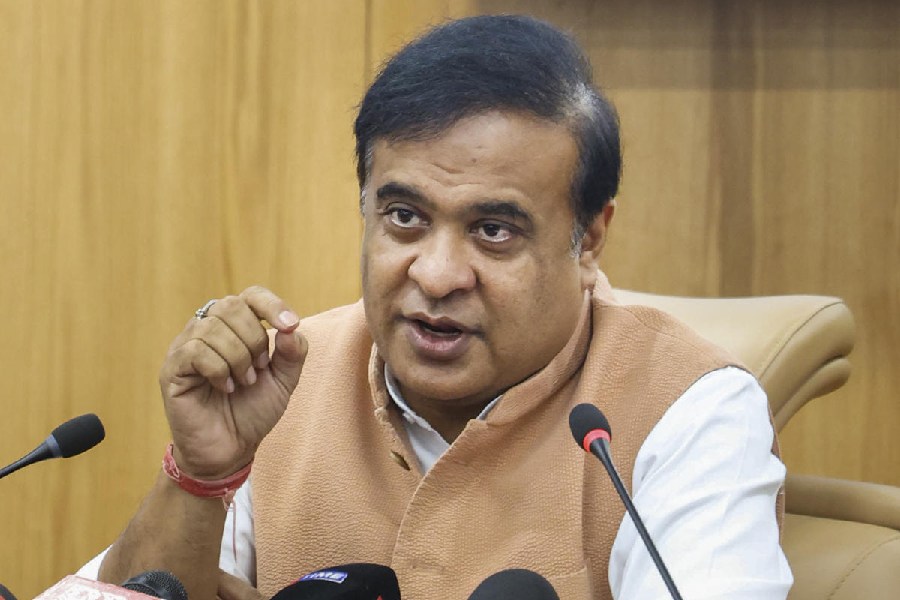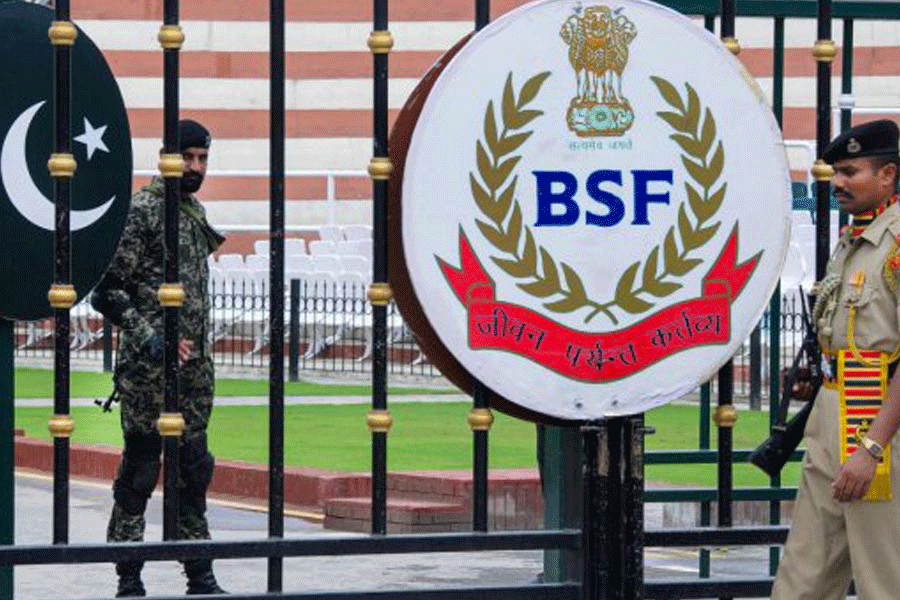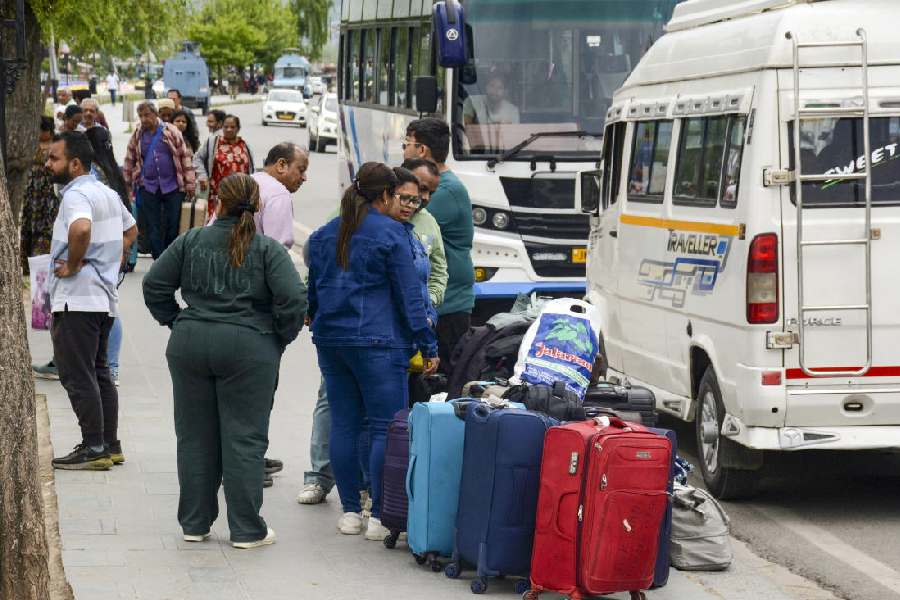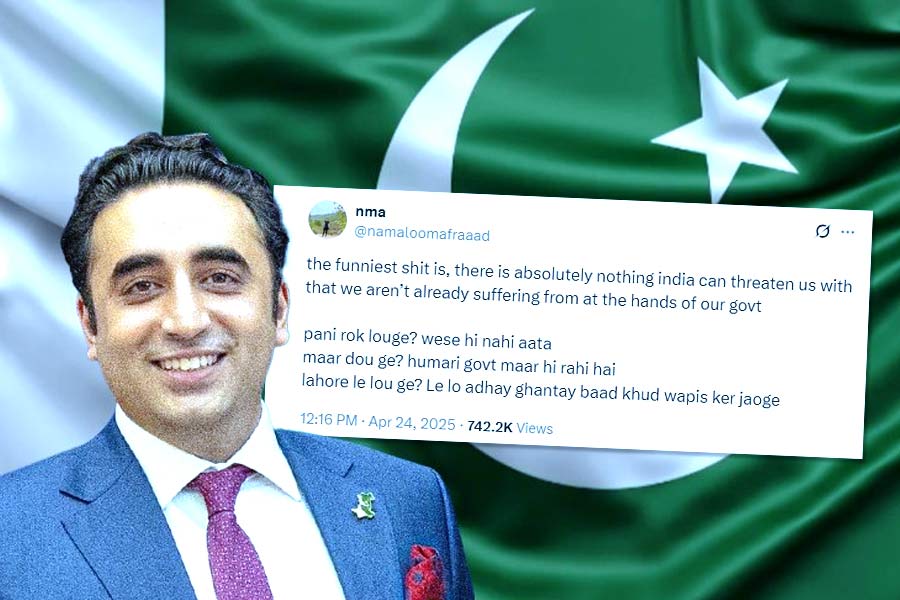 |
| Gandhi in Noakhali, January 1947 |
Faith and freedom: Gandhi in history By Mushirul Hasan, Niyogi, Rs 450
It is fortuitous that Mushirul Hasan’s book comes close on the heels of Joseph Lelyveld’s book on Gandhi. Not much time has been wasted between the alleged ‘slighting’ of India’s founding father for his affection for Hermann Kallenbach, his architect friend in Johannesburg, and Gandhi’s relocation back to the pedestal. It is unlikely that this would have been Hasan’s intention of writing the book, but the adulation that permeates its pages does the job reasonably well. In fact, Hasan makes it a point to mention in the introduction that Kallenbach fulfilled a role Gandhi’s “father should have filled had he survived”. So notwithstanding the admission of “light and shade” in their relationship, Gandhi’s reputation has no major harm done to it.
Kallenbach, naturally, is not Hasan’s focus. There are innumerable other friends of Gandhi who, by helping him form his philosophy about the right kind of life, religion and politics vie for space in the book. Hasan’s intention is to look at some of the momentous events in Indian history through Gandhi’s friendships. That becomes a major challenge for both the writer and the reader. While Hasan’s masterly grasp over history allows him to effortlessly shift back and forth — be it from the Khilafat agitation to the civil disobedience movement to the Quit India movement and hover over the Dalit and the labour unrests in between — the reader sometimes falls into the deep sea without enough clues about the time span.
Hasan’s staccato style is another challenge for the reader. The narrative doesn’t really flow till one has reached the second section of the book. Before that one has to suffer a terribly inadequate introduction followed by a single chapter that crams more than hundred years of British rule in India. In the next few chapters, Hasan’s eagerness to feed the reader a concoction of information — from books that influenced Gandhi, to a bit of Indian provincial history, the early Congress years to peasant and workers’ movement, to the development of the concept of satyagraha, to Gandhi’s take on the essentiality of spinning to national life and the idyllic life in Sabarmati Ashram to Gandhi’s problems with the Hindu Mahasabha and Jinnah — gets the better of the reader.
Hasan somehow rescues the narrative in the second section, which he begins by extolling the Nehrus. Very few compatriots of Gandhi, be they Westerners or Indians, hog so much limelight as the Nehrus. “Their lives combined the benefits of privilege with the satisfaction on the side of freedom: freedom from caste and religious conventions with the confidence and assurance of being a part of a long and proud tradition.” Both Motilal and Jawaharlal are intricately linked to Gandhi’s success as a leader, but Hasan goes a trifle overboard over their renunciations or what he calls “the family’s record of sacrifices for the nation.”
Of course, Hasan talks at length about Sarojini Naidu, Mirabehn and C.F. Andrews among scores of other friends and visitors of Gandhi, but the somewhat lopsided emphasis on the Nehrus does drag away attention from Hasan’s other and more important observations. These have to do with Gandhi’s engagement with Islam and Muslim leaders, some of whom were part of the Congress and were his trusted friends. Hasan says that Gandhi drew his concept of sarvodaya from Islam, which he believed was a religion of peace. However, his imaginings about the homogeneity of Muslim society went against him as did some of his friendships. Take the one with the mercurial Ali brothers, whose trust in Gandhi was replaced with loathing and derision as soon as the Khilafat agitation fell apart.
The reason why the distance between Gandhi and the Muslim community continued to grow was not merely because of some misguided friendships. Hasan blames Gandhi for not coming down strongly enough on Hindu-Muslim violence, for lapsing into silence at crucial hours or leaving the problem in the hands of god, and sending out confusing signals by asking Hindus to stand up to Muslim bullying. While he could not stand up to the treachery of some of his former friends from the community, he left the “Congress Muslims” such as M.A. Ansari and Syed Mahmud in the lurch by refusing to hear them out or by shutting them up. Others like Maulana Azad became “lip-tied in a hostile environment.” Hasan, in spite of his admiration for Gandhi, in fact, gives a damning extrapolation on Gandhi’s sensitivity by saying that “he cannot, of course, be held responsible for Partition, but he and the Congress weren’t at their best in analysing the unease of religious minorities.” The heavy use of Hindu religious symbolism, the controversy over separate electorates, preference for Hindi over Urdu almost incontrovertibly made Indian nationalism synonymous with Hindu communalism.
Hasan, of course, does not excuse Jinnah for his “arrogant and heartless determination to achieve Pakistan”, for which he even stooped to a marriage of convenience between the professional classes of the Hindu-dominated areas and the landlords of the future Pakistan regions. The opportunism permanently scarred Pakistan and led to its further fracture. From today’s vantage point, says Hasan, few erred so monumentally in using religion for the creation of a nation. But he also says that we should not judge the past by present standards. He also leaves a leeway for both Jinnah and Gandhi by saying that in competitive politics, an individual leader can hardly be a free agent. Both Jinnah and Gandhi acted in accordance with the pressures they were subjected to. But great men they were, undeniably.
Unlike Jinnah, who remained under pressure to perform as the Qaid-e-Azam, Gandhi came onto his own after Partition. Travelling by foot across swathes of territory that burned in the communal fire and doggedly holding on to his strategy of ahimsa in the face of fiercest provocation, Gandhi earned back peace for his land and some peace of mind. But in his death lay his greatest victory. Instead of polarizing communities, it drew them together. It led to the collapse of the Hindu Mahasabha, defeat of the Jan Sangh in the elections and the arrest of communal violence in Bihar. Eventually, it led to a smoother integration of the princely states in the federation and the enunciation of the goal of “unity in diversity” in secular India’s Constitution.
Hasan does get carried away in the last two chapters while describing Gandhi’s end and Nehru’s beginning as prime minister, but with its anecdotes, vivid imagery and passion, this book is a compelling read.










